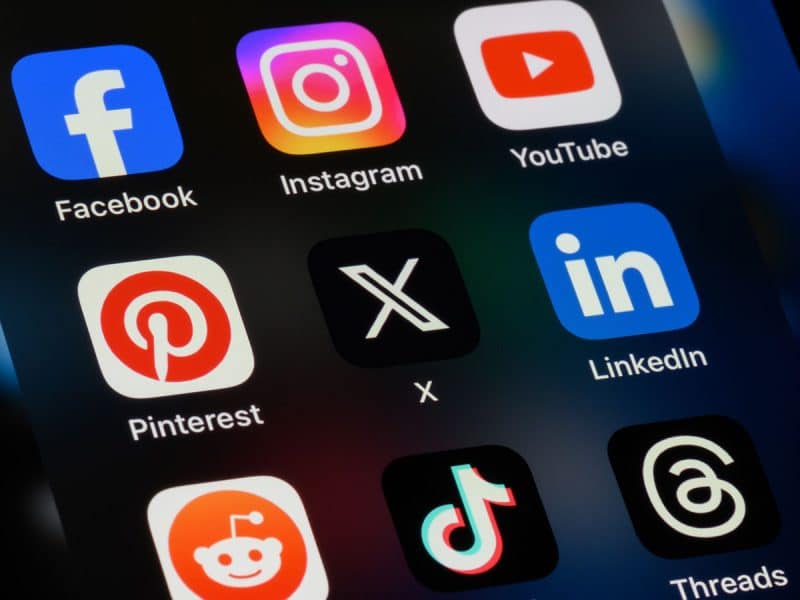Have you ever had a full conversation with someone just by using emojis? Now, even email communication has been updated, and you can react to an email using an emoji rather than replying in written form. Is that lazy culture? or are we just more visual and want quick, straightforward responses?
Read more: 10 of the most used emojis of 2023
Table of Contents
Origin of Emojis
According to Phrasee, ‘Emojis first appeared on the scene in the late 1990’s in Japan, where mobile phone companies, inspired by symbols used in manga comics and Japanese weather forecasts, attempted to target an opening I the burgeoning mobile phone marketplace: the teenaged Hello Kitty generation.’
The word ‘Emoji’ stems from two Japanese words ‘picture’ and ‘letter.’ Now, emojis have developed into colourful little pictograms that are used in electronic messaging. They come in forms of smiley faces, flags, fruits, family, sports and more.

Express with Emojis
If you are someone who finds it hard to communicate, do you find using emojis helps you with that? After doing some research, it has been reported that introverts use emojis more than extroverts to express themselves.
The 2020 report said, ‘It was found that people who are low on extraversion use emojis more often (as introverts prefer implicit visual contexts over explicit texts where they have to express themselves more directly).’ The good thing about using emojis is that those who are both introverts and extroverts use them – it’s just some individuals may prefer to use them more than others.
Emoji Movie
Emojis are used every day, collectively 10 billion a day to be exact. Whether it be through message communication, responding to someone, or even using an emoji in your social media caption – you use them a lot!
They are so popular that in 2017, the film The Emoji Movie was released as an animation (of course). Sony Pictures and Columbia Pictures released it as a family/comedy movie but didn’t get an amazing response from the audience. The film was however, very clever by using emojis in a mobile phone and showing how different individuals use them to express themselves. Watch here:
Worldwide Communication
We even have an ‘Emojipedia‘ to give us an explanation of what each emoji means, and which emojis to use on world international days. This means that emojis are a worldwide part of communication and have more of a deeper meaning. A lot of people associate their countries with not just the flags, but other fruits and other emojis. For example, a lot of people have recently been using the watermelon emoji online to symbolise Palestine. There are other examples of when an emoji has more meanings than one and as a collective, we understand those deeper, underlying messages.
There are different types of language. There are written languages, spoken languages, and even body languages. Could we add emojis as a language? Let us know your thoughts by messaging us at @itpliveme on X, or @itplive on Instagram.
Stay updated on all of the latest news by subscribing to the ITP Live newsletter below and by clicking the push notifications.




